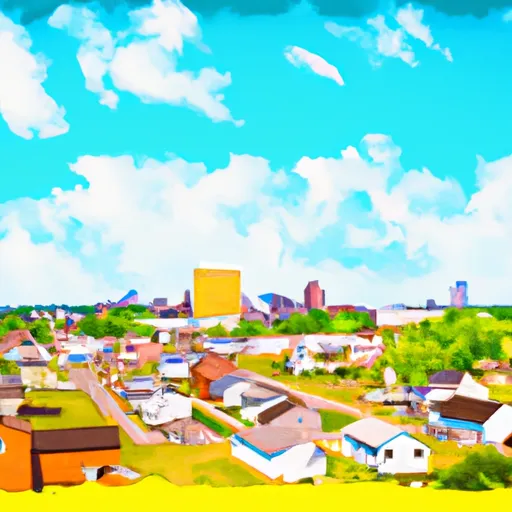°F
°F
mph
Windspeed
%
Humidity











Vanlue is a small village located in Hancock County, Ohio. The climate in Vanlue is classified as humid continental, characterized by warm summers and cold winters. Average temperatures range from around 30°F (-1°C) in winter to 75°F (24°C) in summer. Precipitation is fairly evenly distributed throughout the year, with an average annual rainfall of approximately 38 inches (97 cm).
Hydrologically, Vanlue is situated near the Blanchard River watershed, which provides a source of water for the region. The river is known for occasional flooding during heavy rainfall events.
Despite its small size, Vanlue offers various outdoor recreational opportunities. The village's proximity to the Blanchard River allows for fishing and boating enthusiasts to enjoy their hobbies. Anglers can find a variety of fish species in the river, including bass, catfish, and carp. Additionally, the surrounding countryside provides opportunities for hiking, biking, and wildlife observation. The village is also home to a community park, offering green spaces and playgrounds for families and children to enjoy outdoor activities.
Weather Forecast
Vanlue receives approximately 944mm of rain per year, with humidity levels near 76% and air temperatures averaging around 10°C. Vanlue has a plant hardyness factor of 6, meaning plants and agriculture in this region thrive during a short period during spring and early summer. Most plants will die off during the colder winter months.
Nearby Snowpack Depths
2
Inches
Regional Streamflow Levels
34
Cubic Feet Per Second
1,150
Cubic Feet Per Second
66
Cubic Feet Per Second
133
Cubic Feet Per Second
Nearby Camping
| Camping Area | Reservations | Toilets | Showers |
|---|---|---|---|
| Highland State Rec Area | |||
| Proud Lake State Rec Area | |||
| Groveland Oaks County Park | |||
| Ortonville State Rec Area | |||
| Camp Dearborn | |||
| Holly State Rec Area |



